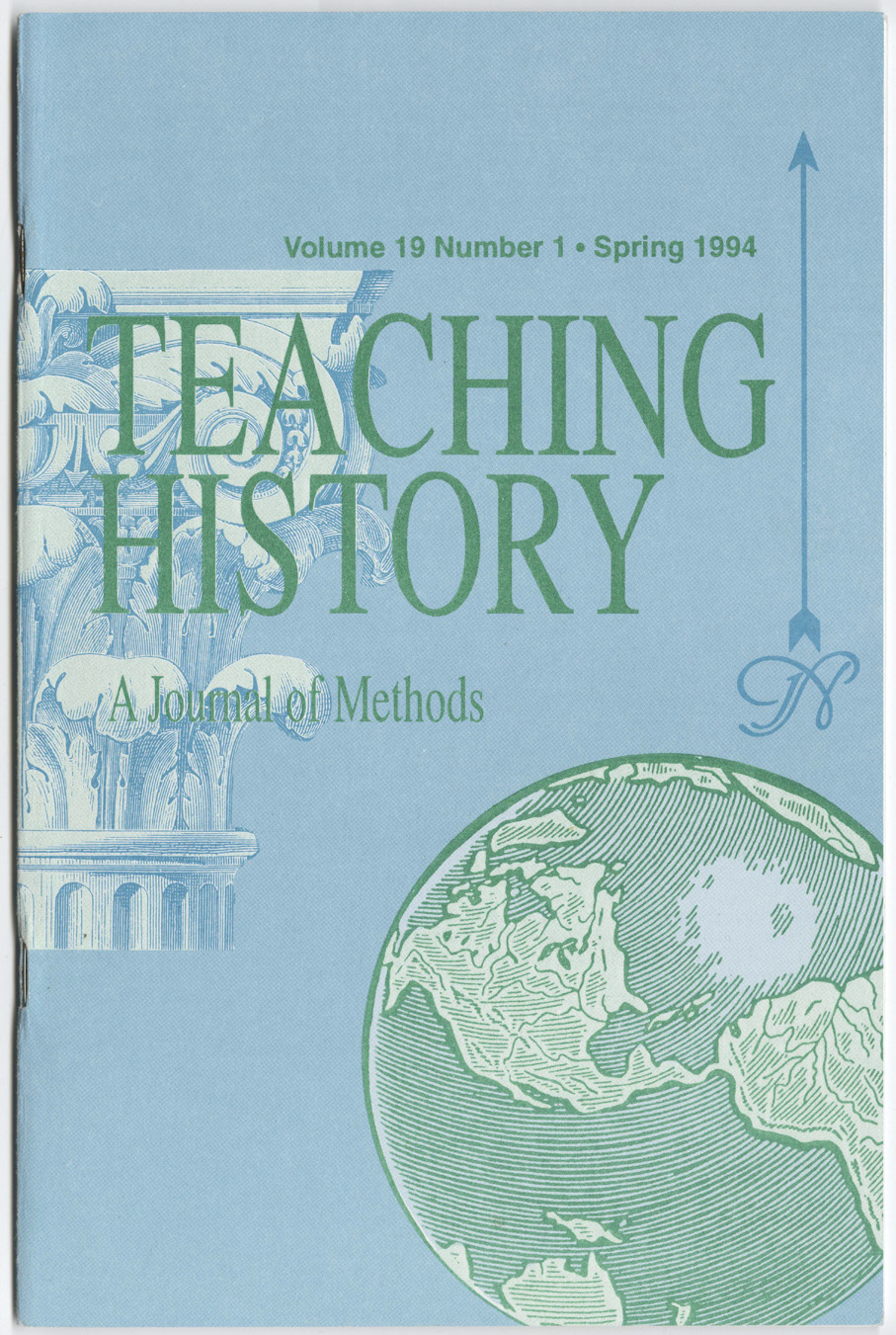The Use of Simulations as a Teaching Strategy for Civic Understanding and Participation
DOI:
https://doi.org/10.33043/TH.19.1.3-18Abstract
Simulations are generally considered a highly effective pedagogical tool. They involve students in inquiry-based, problem-solving activities that integrate content and process. Furthermore, simulations are motivational and require argumentation and reflection.1 The purpose of this paper is to present a model simulation that can be used with college or high school students to prepare them to participate in civic discourse about reparations as an important public policy issue. Although this simulation focuses specifically on Native Hawaiians and the history of their relationship with the state and federal governments, an issue of important contemporary debate in Hawai'i and recently in Congress, it can be adapted to discuss the issue of reparations for other groups who have reason to believe they may be entitled to compensation from the government, whether at the federal, state, or local levels. This report, therefore, includes information on the concept of reparations and provides historical information explaining why Native Hawaiians might be entitled to them. It then outlines the simulation itself, including questions to be used for debriefing. It concludes with specific suggestions as to how the simulation can be adapted to be used with other groups who might be considered eligible for reparations.
Downloads
Downloads
Published
How to Cite
Issue
Section
License
Copyright (c) 1994 Linda K. Menton

This work is licensed under a Creative Commons Attribution-NonCommercial-NoDerivatives 4.0 International License.
By submitting to Teaching History, the author(s) agree to the terms of the Author Agreement. All authors retain copyrights associated with their article or review contributions. Beginning in 2019, all authors agree to make such contributions available under a Creative Commons Attribution-NonCommercial-NoDerivatives 4.0 International license upon publication.



